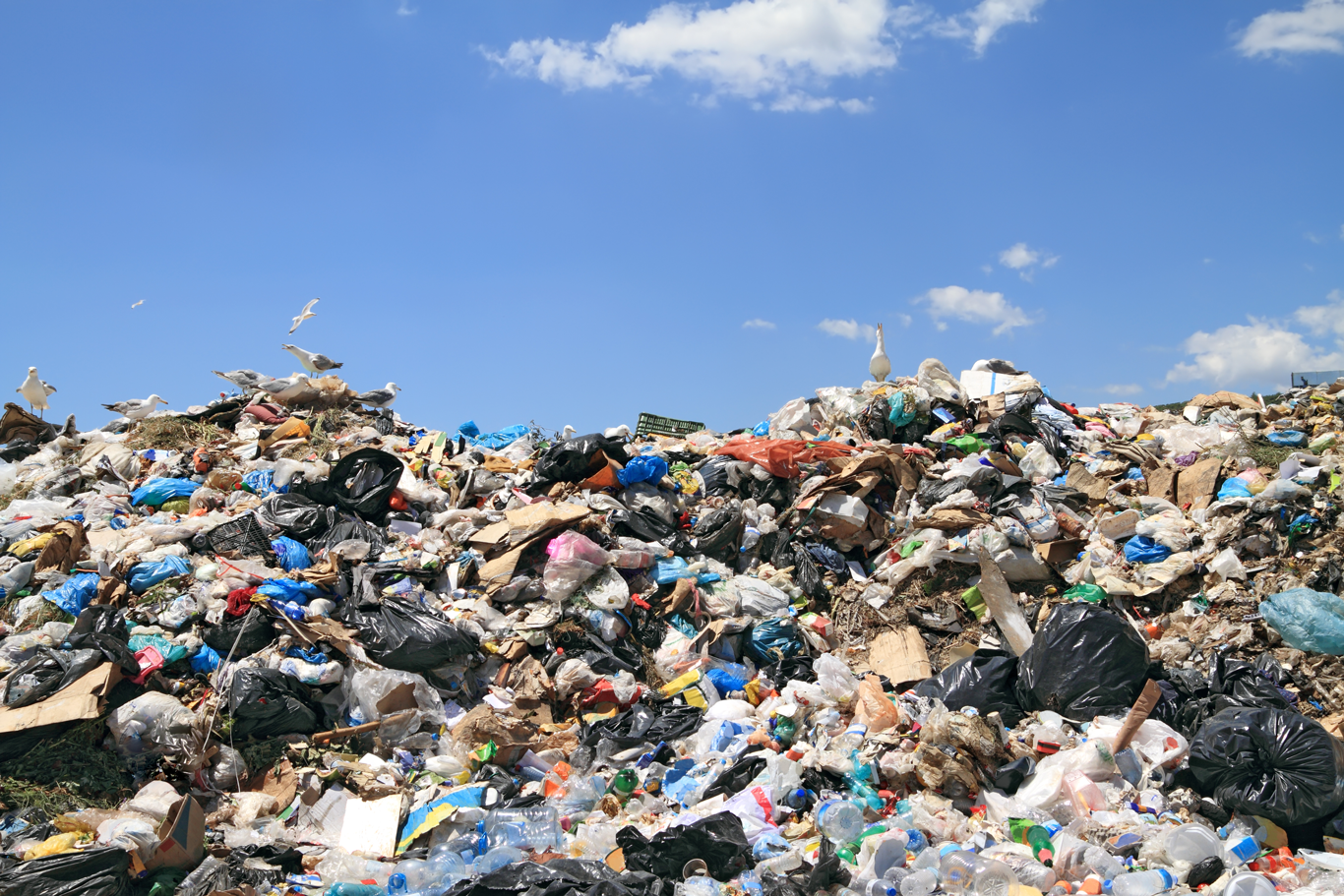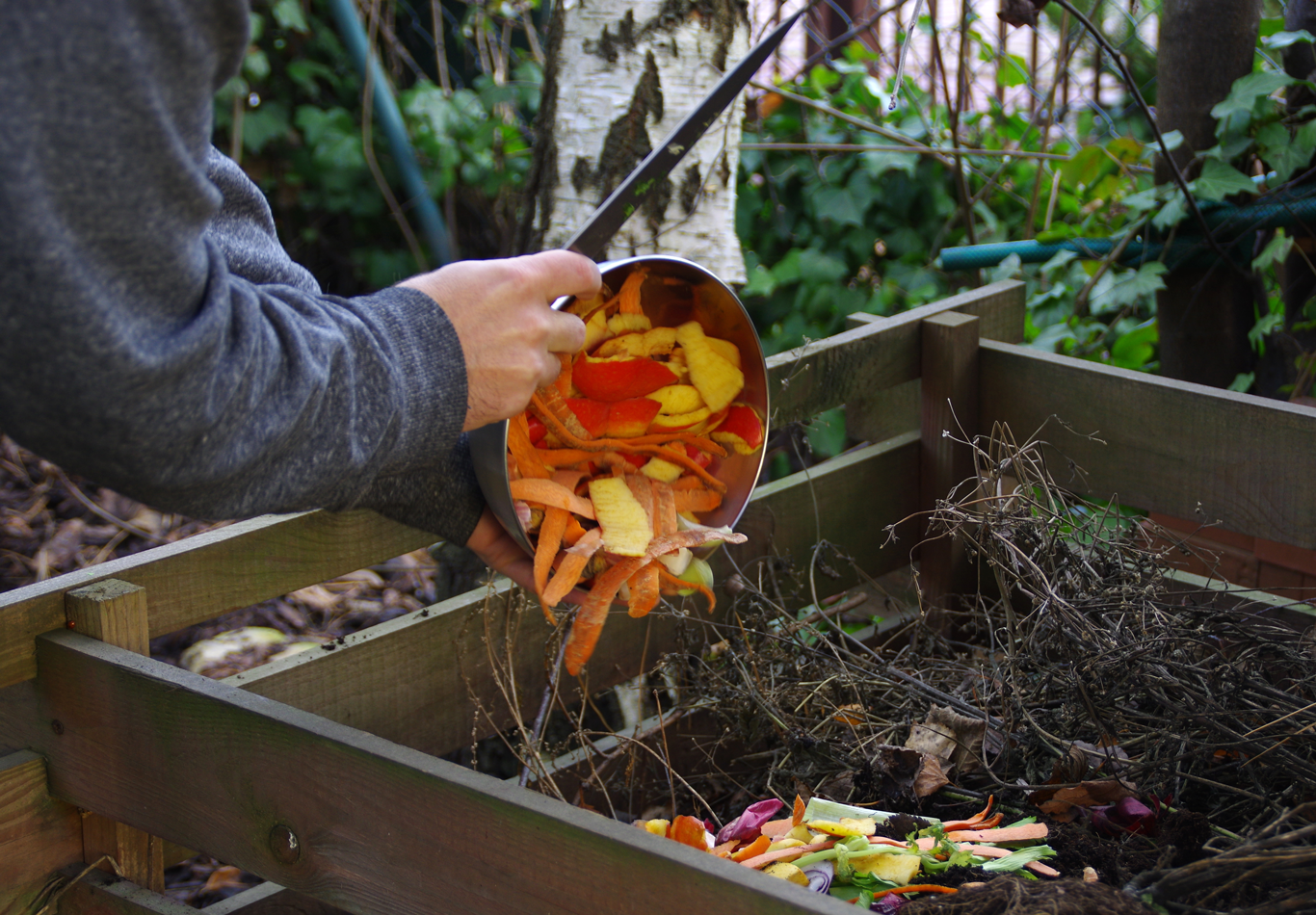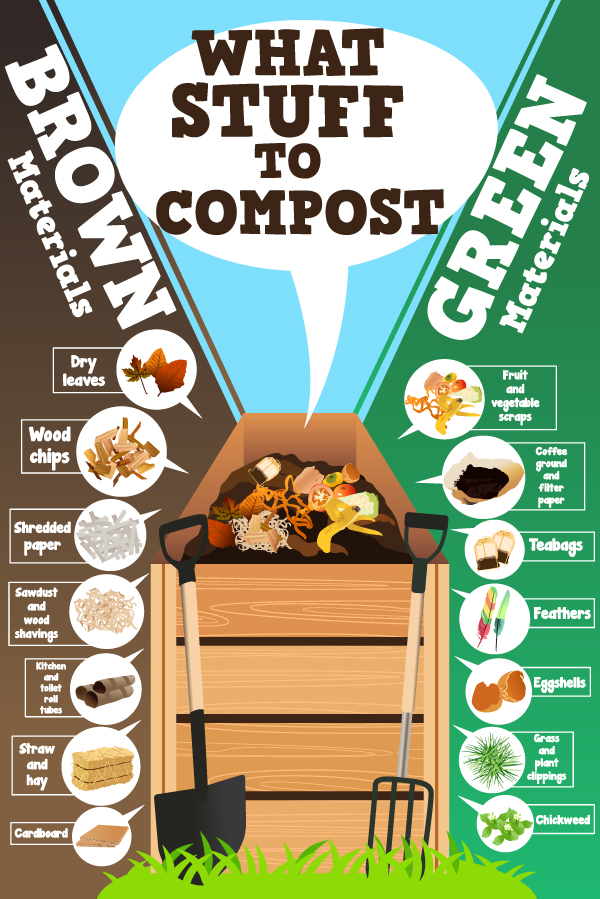As spring heads into summer, I’m excited about all the produce that will come out of my garden or from our local farmers’ market. The season also has me thinking about all the nutrients necessary for healthy plants and soil as well as even thinking ahead to what to do with waste at the end of the season. Maybe you’ve read our “Gardening – An outdoor STEM activity for all ages” blog and are wondering the same things. For me, the two-part solution has always been composting.
I’ve always recycled as an adult and at some point, I challenged myself to see how little I could send to the landfill. Landfills are overflowing with negative impacts on the environment, so composting became an easy next step for me. Sending less waste to a landfill and getting a by-product of nutrient-rich soil was a win-win situation.

Science Behind Composting
Compost, or decomposed organic matter, is the result of a breakdown in organic materials by decomposers like bugs, fungi, and bacteria. If you think about it, forests are our greatest natural composters. Trees grow tall, they shed leaves, leaves fall to the ground, and they begin decomposing. As the leaves decompose, they return nutrients to the soil.
When you compost at home, the goal is to speed up the process of decomposition by creating ideal conditions for the decomposers using food and lawn scraps. The by-product of composting is often called black gold. The technical term is humus, which is a dark, nutrient-rich organic material created from the decay of organic matter. Humus can be added to gardens to augment the soil.
Composting Basics
- Select a container and spot.
There are many ways to get composting from simple piles to DIY bins or commercial bins. For the fastest results, I recommend a spinning composter. Spinning composters make it easy to aerate the decomposing matter to help get oxygen to the good decomposing bacteria, but any dedicated composting spot will do.
The simplest form of a composting bin is just a composting heap that can be easily turned. I have a commercial composter for food scraps and a container built from chicken wire for yard scraps. Select a spot with sunlight away from a building or house. The compost will attract bugs to help break down the food and yard waste.

- Build up layers.
When you start a compost bin, it’s recommended that you start with a big amount of waste to get the compost pile going and build up heat. Creating a balance between green (nitrogen-rich) and brown (carbon-rich) materials is the most important part. Compost piles should be about one-third green materials and two-thirds brown materials. With greens, think fruits, vegetables, or coffee grounds. Browns can be dried leaves, shredded paper, and many others.
It’s a good idea to find or create a reference sheet of the green and brown materials and keep it handy. It’s also a good idea to throw some soil into the composter to get those microbes to work. Items such as meat, fish, oil, milk production, weed seeds, or pet droppings should never be put in a home compost pile. Large-scale commercial composters process these items, but it’s difficult in a small backyard bin.

- Maintain your compost.
If you have a spinning, or tumbler, composter, make sure to roll the bin at least once a week to aerate it. With any composter, you’ll want to turn it to get oxygen down to the bottom. You’ll also need to make sure that it has adequate water. The composting material should be damp to the touch below the first layer. A well-balanced compost bin won’t smell bad; it will smell earthy like dirt. If you find your compost bin smells like rotting food, add browns. If your compost pile isn’t breaking down matter, you might need to add some greens.
When your compost is finished, it should look, smell, and feel like rich, dark earth. It will crumble in your hand. If you find un-decomposed culprits such as avocado pits, eggshells, or other woody items, you can pick them out by hand or get a compost screen to shift the compost. I’m not too picky and just pick up those pieces and throw them back on the pile for some more time. You can add compost directly to your garden or flower beds or make a compost tea.
Trash to Treasure
Composting is beneficial in many ways – it reduces methane emissions from landfills, lowers your carbon footprint, reduces the need for chemical fertilizers, and so much more! Start creating your own compost at home and get your hands dirty with these STEM activities:
Whether learning about the science behind composting or ways to reduce waste in landfills, composting is a great way to turn food waste into a usable by-product. Let us know your tips and tricks on composting or share your compost pile with us on social media for National Composting Day!








